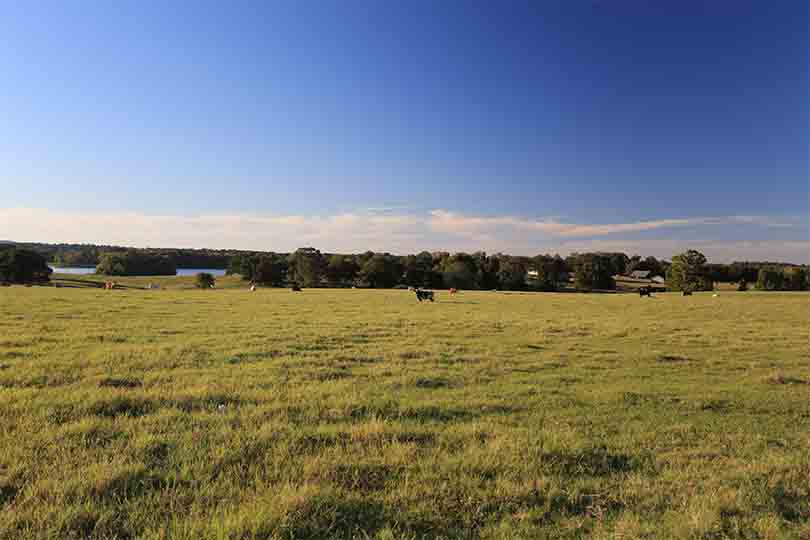Recent rains and cooler temperatures have brought some pest problems for Texas farmers and ranchers. Fall armyworm activity is on the rise in some areas of the state, according to reports from Texas A&M AgriLife Extension Service agents.
“I was getting calls about them before the rain,” AgriLife Extension Forage Specialist in Overton Dr. Vanessa Corriger-Olsen told AgriLife Today. “They like cooler temperatures and wet conditions in the spring and fall, so we could see a swell in their numbers.”
Armyworm moths can lay up to 2,000 eggs that hatch in two to three days, according to a 2015 Extension report. There are four to five generations per year.
Corriger-Olsen recommends farmers scout their fields each morning for armyworms, because the pests are night feeders that try to avoid daytime temperatures.
She said the threshold for insecticide spray treating a pasture is three or more armyworms per square foot. Armyworms in those numbers should be treated immediately.
She recommends using insecticide labeled for armyworm control in pastures and hayfields.
“You don’t need to wait a day if their numbers are at threshold,” she said. “They are going to do a lot of damage quickly. If you find them in the morning, spray that day.”
Armyworms are green, brown or black in color and can be identified by the white inverted Y on their head. They can grow up to 1 inch in length when mature. The pest got its name because they appear to march across hayfields, consuming the grass in their path, according to AgriLife Today.
More information about armyworms is available in this Extension document.

